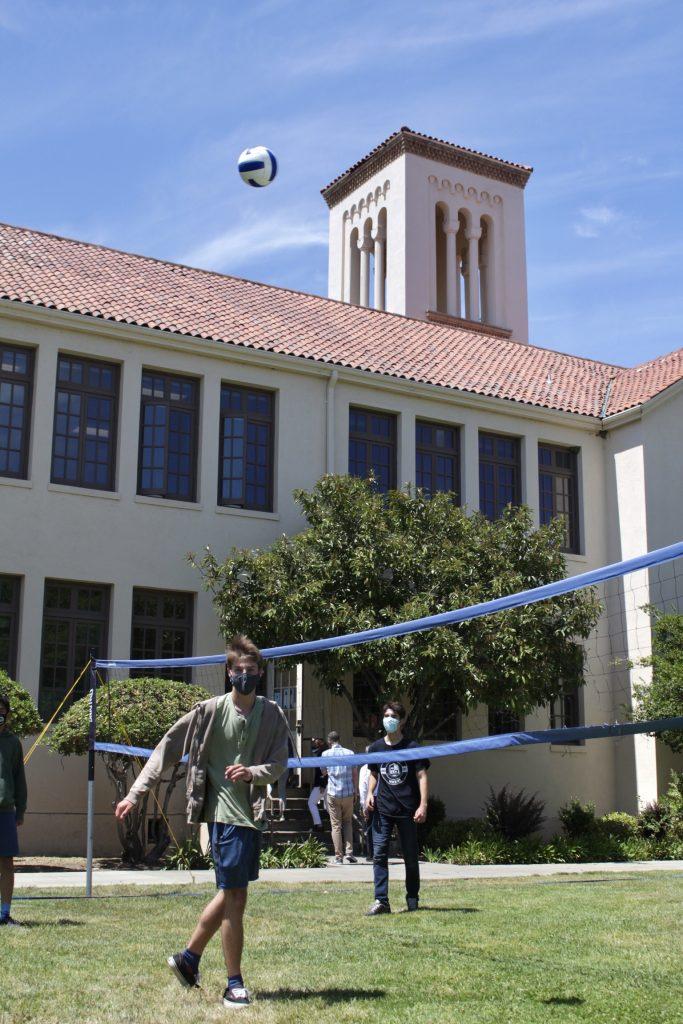What comes next?: Students, staff look toward next year
Desks without dividers. Faces without masks. School without Zoom. An unknown world to in-person Palo Alto High School students. These images have been turned from familiar to foreign due to the ongoing COVID-19 pandemic, but after over a year in isolation, the end may be approaching.
As of May 18, Santa Clara County is in the COVID-19 yellow tier, in part due to the increase of vaccinations — with over 1.2 million county residents vaccinated as of May 19.
According to a Verde Magazine opt-in survey of 213 Paly students conducted between May 10 and May 16, 96% of students plan to get vaccinated for COVID-19, with 52% having received at least one dose as of May 16.
The subsequent decrease in COVID-19 cases has led Governor Gavin Newsom to pledge to lift California’s mask mandate by June 15.
As places like theaters, gyms, public transportation and restaurants start to reopen, schools plan to follow. However, students, staff and community members have differing visions for our new campus normal come August.
Staff perspectives
“Back to normal is our plan,” Palo Alto Unified School District Superintendent Don Austin said in an interview with Verde last month.
Austin says he is confident that school can return safely and believes the success of the current hybrid model proves this.
“I would hope that we don’t forget about it [the pandemic], try to ignore it, and go full speed ahead as if it never happened,”
— David Cohen, English teacher
“We’ve shown that we can bring students back, even in the purple tier, prior to vaccines, and do it safely,” Austin said. “So I think our track record is pretty good right now. We [the district] feel pretty confident.”
Many teachers are looking forward to the possibility of returning to in-person school and reestablishing a sense of normalcy.
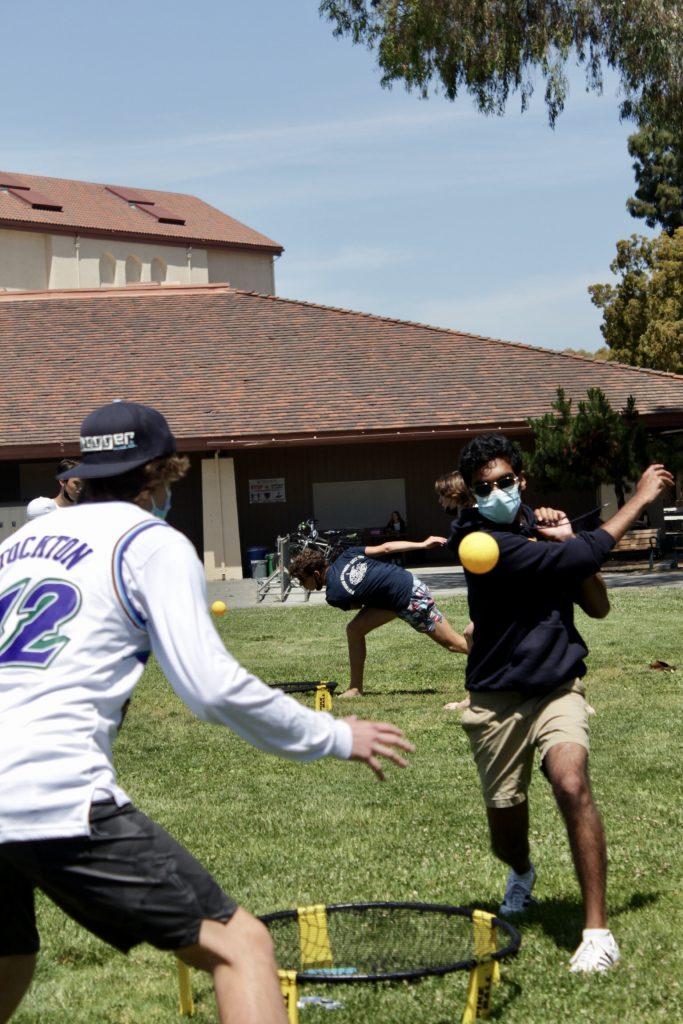
“I can lecture on Zoom just like I can lecture in a classroom, but it’s just seeing people as they walk in and having goofy, off-the-cuff conversations about informal things … that make up the bulk of your day,” journalism teacher Brian Wilson said.
Despite anticipation surrounding the return to school next fall, teachers do not want to disregard the lessons gained from a full year of distance learning.
“I would hope that we don’t forget about it [the pandemic], try to ignore it, and go full speed ahead as if it never happened,” English teacher David Cohen said. “I also hope that we don’t turn it into an ongoing weight on our shoulders, where everything is constantly thought about in terms of catching up and adjusting.”
Though Cohen said he hopes to use this past year to help improve next year, he also wants students and teachers to be able to move forward.
“It’s our job to meet students where they are,” Cohen said. “If everyone went through something that has changed what students know and what they can do, then we can be flexible enough to accommodate that change and not try to force anyone to do extra work to catch up to what they would have been in some hypothetical version of COVID.”
Student perspectives
Many students have become increasingly frustrated with distance learning, and hope to return to school in-person in August.
“At the beginning of the school year, we were all excited to be learning from home, but now it’s getting really tiring and draining,” said Ashley Hung, Associated Student Body sophomore vice president.
Senior Class President Mathew Signorello-Katz said he decided to drop Stage Tech –– one of his electives where he ran the behind-the-scenes of Paly theater performances –– due to the realities of virtual learning, and will not be continuing the activity in the future.
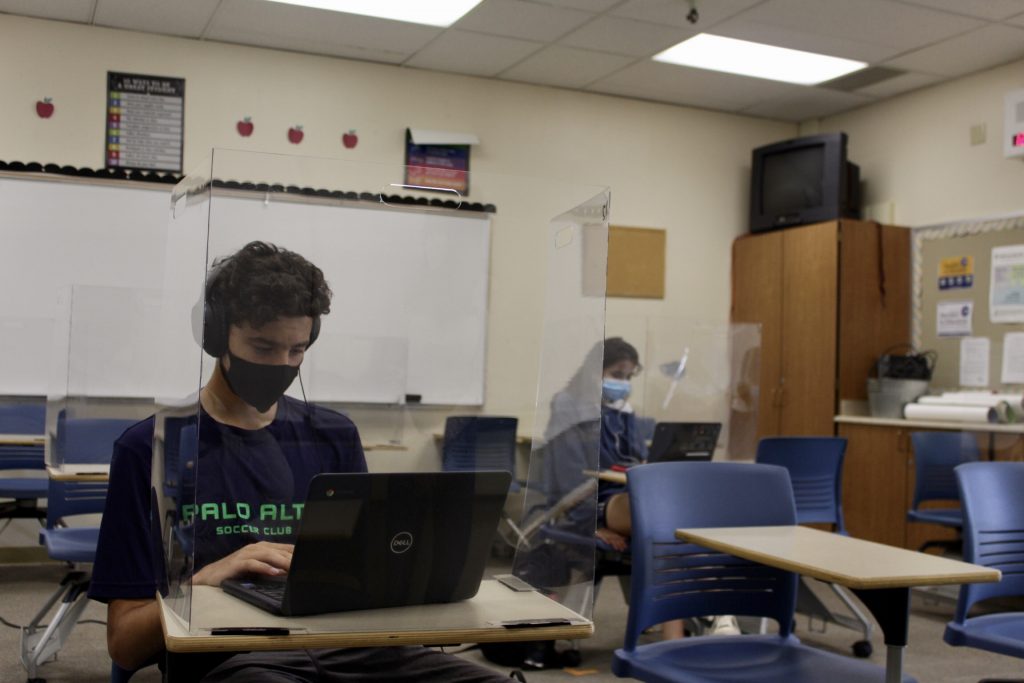
Students are also looking forward to gathering with friends as cases decline and restrictions are lifted.
“It’s really difficult to make friends this year because we’re not able to communicate in person,” Hung said.
Though people have been able to spend time with friends in small groups for the past months, few have been able to interact in large groups due to COVID-19 restrictions.
“I’m really looking forward to hopefully going to some concerts this year because that is something you definitely couldn’t do during COVID,” junior Agnes Mar said. “I think everyone is just more eager to see live performances and go to big events.”
Learning from distance learning
Among students and staff, there is a consensus on one fundamental belief: distance learning will never be forgotten. Despite its drawbacks, virtual learning has opened teachers’ eyes to the benefits of an instructional style that does not require all students and teachers to be present in one room.
“There are times where … you just want that energy of a bunch of people in the room physically, at the same time, [with] all these cool conversations happening,” Wilson said. “But I don’t think it has to be all the time.”
This type of class, incorporating both virtual and in-person teaching, is known as “Blended Learning,” and was first offered at PAUSD high schools during the 2014-2015 school year, according to the PAUSD website. This learning model allows students to complete work for certain classes without having to be present in the classroom.
“At the beginning of the school year, we were all excited to be learning from home, but now it’s getting really tiring and draining,”
— Ashley Hung, sophomore
However, now that every student is familiar with online learning, some teachers, including Wilson, feel blended learning classes can strive to integrate more virtual elements into their curriculum than they had previously.
“People who say everything about Zoom is terrible and everything about in-person is great, or vice versa, are missing the fact that it does not have to be a binary relationship,” Wilson said. “The two can coexist and you can successfully and effectively run a class in which you do some things online.”
Cohen voices a similar wish and hopes to use the experience of distance learning to improve flexible learning options in the future, saying:
“I think if we can start to use our experience and a little more wisdom, and a little more flexibility to allow high school to look a little bit different to meet different needs, that would be a wonderful thing.”
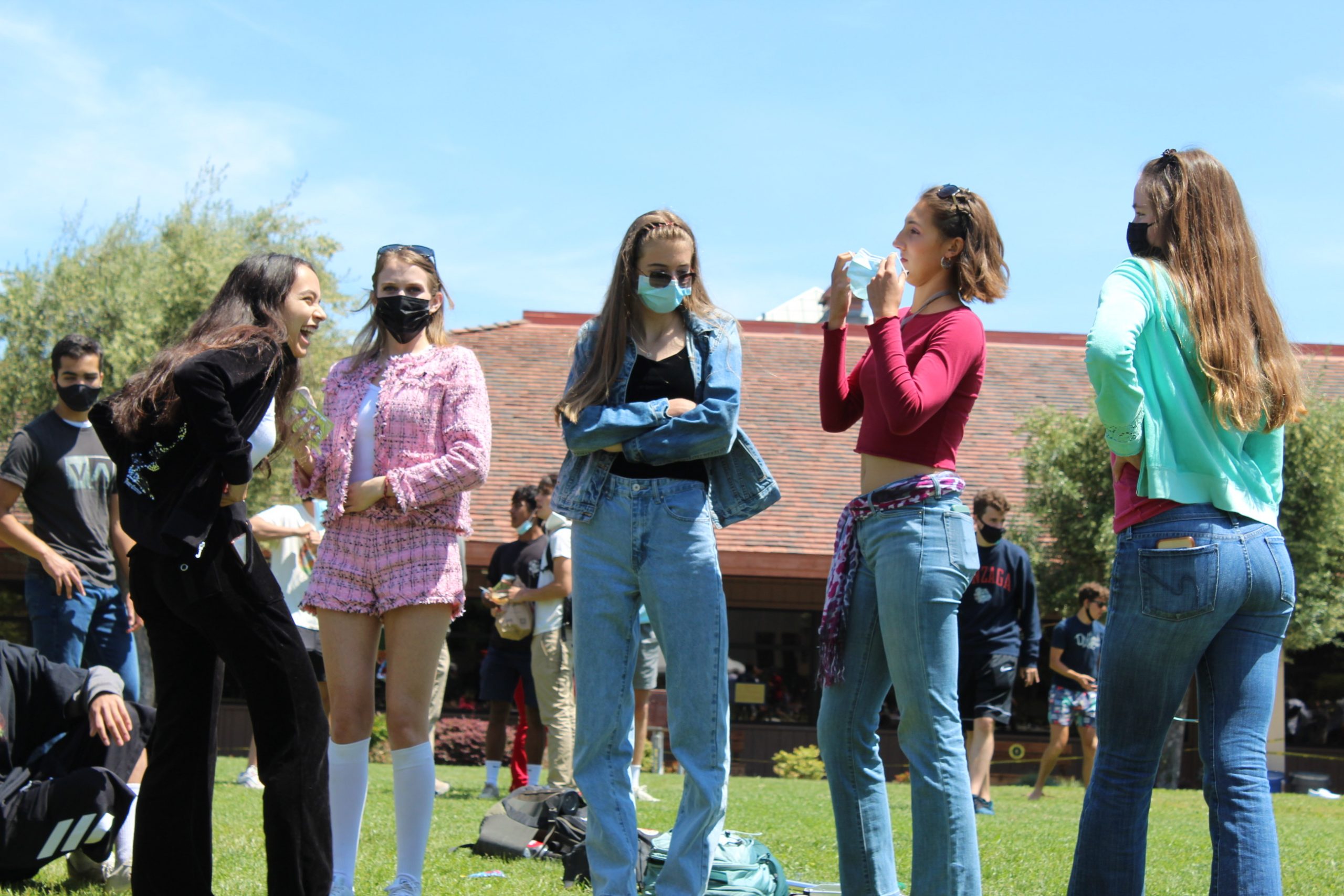
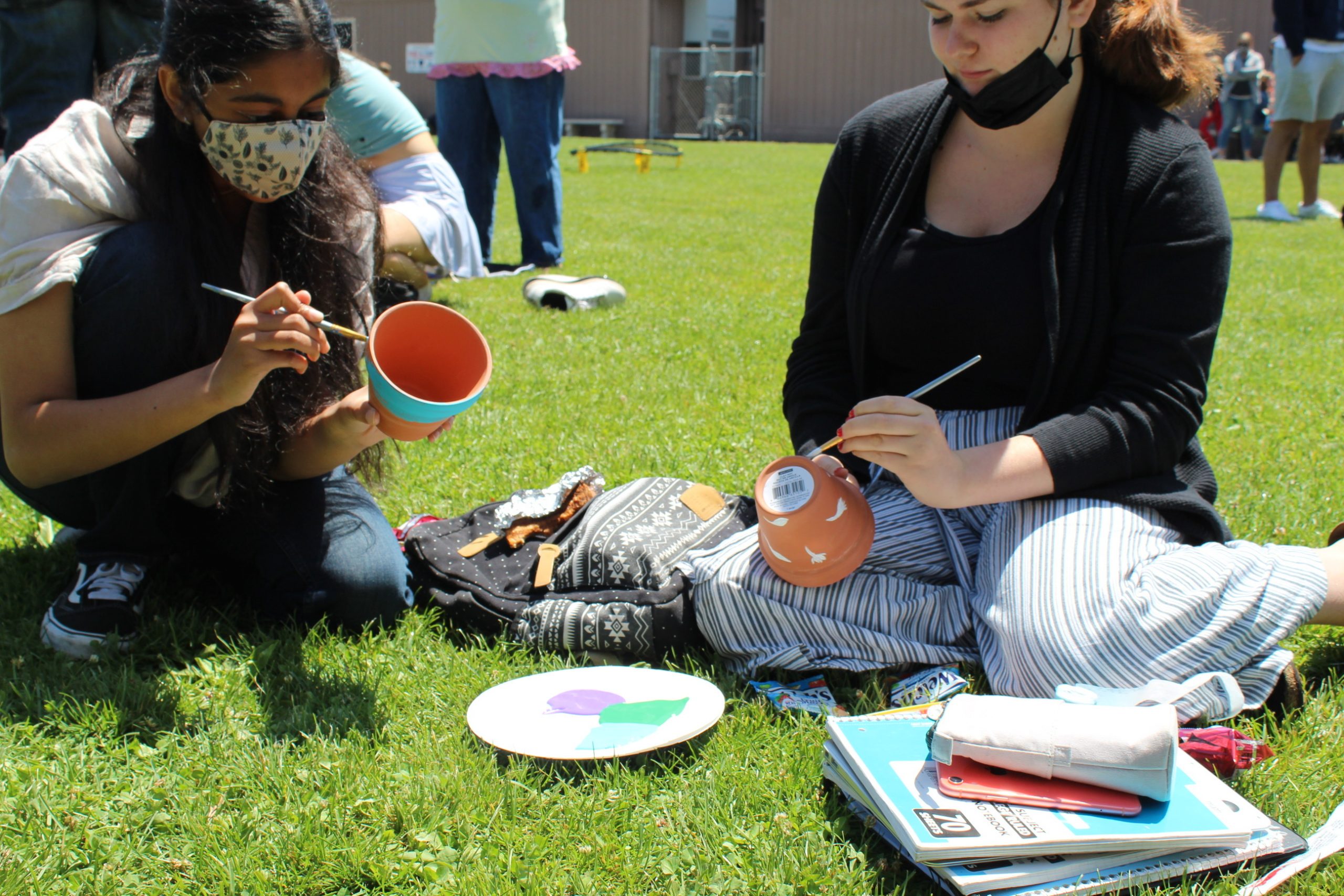
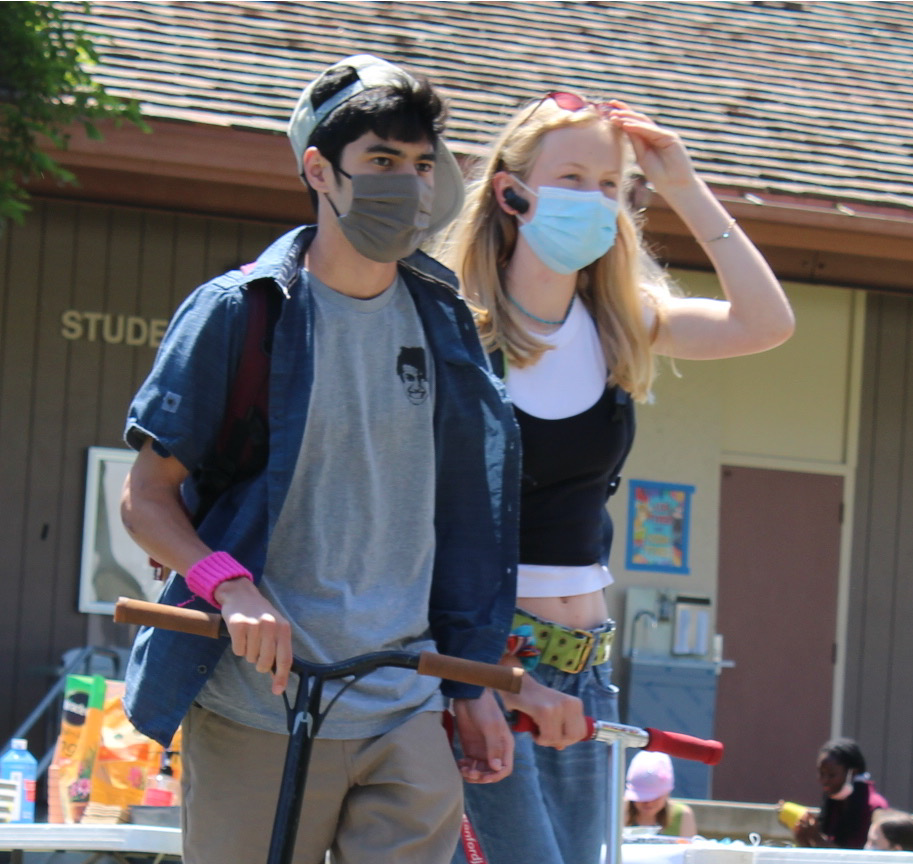
CROWDED QUAD — Students gather on the Palo Alto High School Quad to meet with friends and participate in Wellness Center activities during lunch. Photos: Anushe Irani



